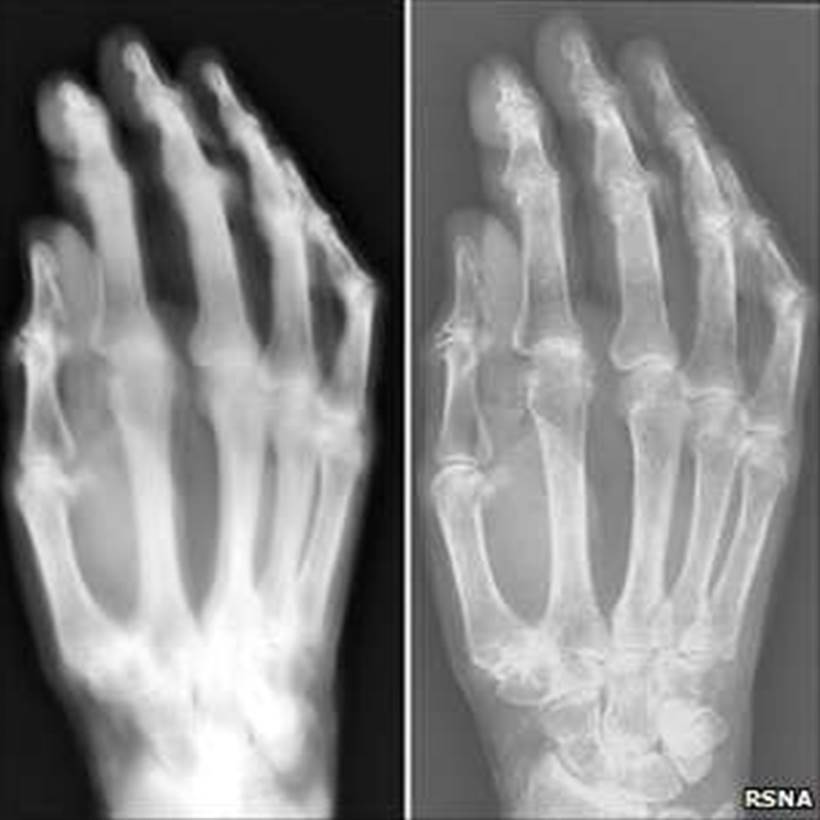Researchers at Washington University in St Louis have developed a system that uses Microsoft’s Kinect system to improve x-ray accuracy and reduce radiation exposure.
The motion sensing system is normally used in conjunction with the Xbox gaming console to provide hands-free control for video games and facial recognition.
Using proprietary software developed by the university’s school of medicine, they are able to use the Kinect to check for motion, positioning and the x-ray field of view immediately before an image is captured.
Accurate x-rays require detailed knowledge of body part thickness to determine the correct level of radiation required to penetrate that part at the right depth.
Traditionally, steel callipers are used to measure body thickness. However, this can be time-consuming and intrusive.
The Kinect system possesses an infrared sensor that can be used to measure body-part thickness automatically without patient contact.
The developed software also provides real-time alerts of situations that could compromise image quality. For example, movement during an x-ray requires retakes, thereby increasing radiation exposure.
“The goal is to produce high-quality x-ray images at a low radiation dose without repeating images,” said Dr Steven Don, associate professor of radiology at the university’s Mallinckrodt Institute of Radiology in a statement.
“It sounds surprising to say that the Xbox gaming system could help us to improve medical imaging, but our study suggests that this is possible.”
This technology could benefit all patients but particularly children, due to their increased sensitivity to radiation.
Dr Don hopes to apply the technology to new x-ray machines as well as retrofitting legacy equipment.
“Patients, technologists and radiologists want the best quality x-rays at the lowest dose possible without repeating images,” he said.
“This technology is a tool to help achieve that goal.”







